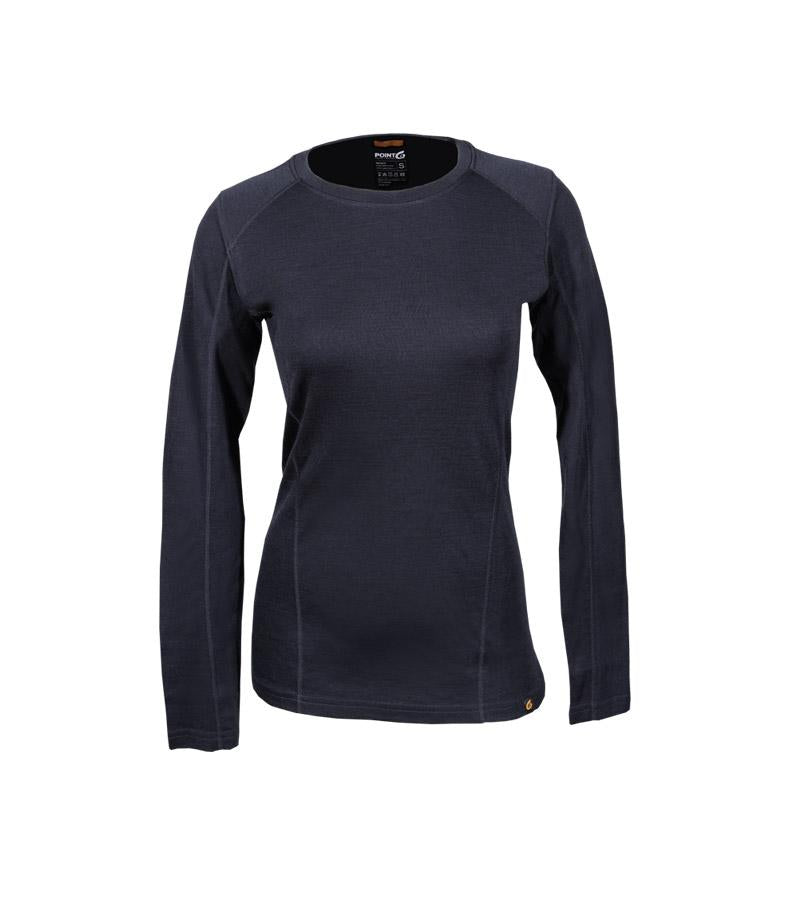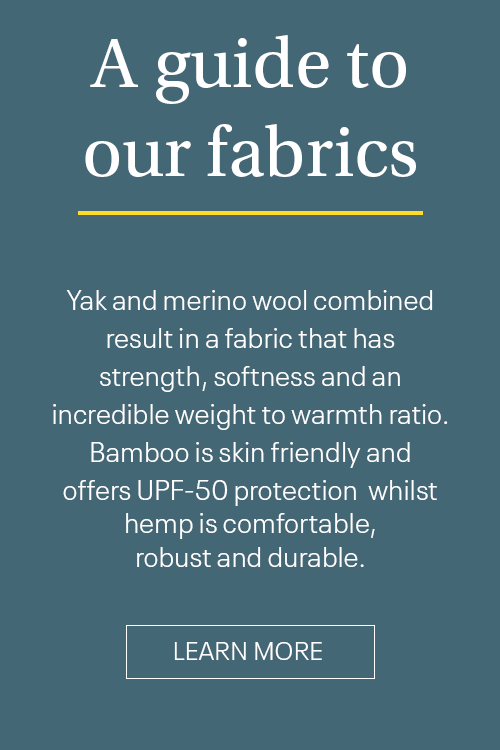Free Ideas For Selecting Merino Wool Base Layers
Wiki Article
Why Is Yak Merino An Excellent Base Layer For Winter Sports Clothes With Regards To The Regulation Of Temperature And Warmth As Well As Moisture Control?
Base layers made of Yak merino is ideal for winter sportswear due to their combination of features that enhance warmth, temperature regulation and comfort.
Insulating Properties Merino and yak wool have natural insulating characteristics. Yak wool wicks away heat through hollow fibres. Merino is another wool that is known for its ability to provide insulation.
regulates body heat - The combination material can help control body heat by capturing the warmth in cold temperatures and allowing for breathability for high activity.
Moisture Management-
Merino is a moisture-wicking yarn. The characteristics of Merino draw moisture away and disperse moisture which prevents sweat buildup. Yak fibers also help transport water to keep wearers cool and dry during strenuous physical exercise.
Comfort-
Softness It is a soft material. Merino is known for its fine, soft fibers which are kinder to the skin. The combination of soft fibers from yak, also known as merino wool, enhances the comfort.
Odor resistance- Both types are antimicrobial, and will keep your clothes clean by limiting the growth of bacteria.
Durability-
Strength and Resilience - Yak is a tough fiber, however when it is coupled with merino, it gets stronger and more resistant to wear. This makes the fabric suitable for strenuous activities.
Natural Fiber Benefits-
Yak, merino, and other renewable fibers are environmentally sustainable.
Variability - The inherent properties of these wools allow for versatility in various weather conditions while retaining their efficacy in wet and dry conditions.
Combining the best qualities of the yak and merino wool produces an extremely warm fabric and durability. Also, it regulates temperature, controls humidity, provides comfort and is durable. The yak-merino blend base fabric is ideal for winter sports clothes. It can be used to cater to winter activities outdoors in colder climates. It also keeps the wearer dry and comfortable. Have a look at the top this site on merino wool base layer for blog info including best long underwear for skiing, smartwool quarter zip, merino wool underwear womens, smartwool quarter zip, hh lifa merino, best merino base layer, wool long underwear mens, omniwool base layer, wicked wool base layer, smartwool 250 and more.

What Are Some Advantages Of Wearing Bamboo Clothes With Regards To Softness, Antibacterial Properties, The Ability To Renew And Durability?
Bamboo clothing comes with many benefits in terms of softness and durability.
Bamboo fabric's silky smooth texture is often compared with luxurious materials like cashmere or silk. It is soft and gentle against the skin and provides a comfortable wearing experience.
Antibacterial Properties
Natural Antimicrobial Qualities - Bamboo contains a natural antimicrobial substance known as "bamboo kun." This property helps prevent the growth on fabrics of odor-causing fungi or bacteria.
Durability-
Strength - Despite their softness bamboo fibers are durable and strong. Bamboo-based clothing can be worn repeatedly without loosing its quality.
Renewability-
Rapid Growth- Bamboo grows very quickly and without the need for pesticides. It is a renewable resource which grows quickly without the requirement for fertilizers or pesticides.
Sustainability-
Eco-Friendly Product- Bamboo is natural material with less environmental impact. Bamboo's rapid growth rate, its low water needs and its capacity to thrive in a range of climates are just a few factors which contribute to the sustainability of this material.
Biodegradability-
Natural Breakdown - Bamboo clothes are biodegradable. This means they are able to decompose in a natural manner after the end of their lifespan. This helps reduce the quantity of non-biodegradable waste in landfills and aids in reducing environmental pollution.
Hypoallergenic Qualities-
Bamboo fabric is less prone than other synthetic materials to cause irritation to the skin, or trigger allergic reactions. This makes it a great option for those with sensitive skin.
The combination of its softness and antibacterial properties, as well as durability, renewability and sustainability makes bamboo clothing a popular choice for those who want comfort, practical and sustainable clothing. These attributes contribute to a positive experience when wearing bamboo clothing, while also adhering to eco-conscious principles. See the most popular your input here on bamboo clothing for website tips including bamboo sportswear, bamboo clothing for women, boody ecowear, bamboo shorts, bamboo sports clothing, organic bamboo pajamas, bamboo newborn clothes, onno bamboo shirts, bamboo sun shirt, bamboo clothing underwear and more.

What Are The Major Differences Between Merino And Bamboo Clothing?
Merino Wool Bamboo Clothing, Merino Wool, and Regular Wool have distinctive characteristics that make them distinctive.
Merino's soft, silky fibers make it soft against your skin. It's less likely to cause irritation or itch than wool that is more traditional.
Moisture-Wicking- Merino wool is a great fabric with moisture-wicking properties, pulling moisture away from the skin and let it evaporate while keeping the wearer dry and comfortable.
Merino Wool is an excellent insulation, and it provides warmth even when wet. It regulates body temperature and provides warmth in cold conditions and breathability to prevent overheating in the course of exercise.
Odor Resistance - It is an anti-bacterial ingredient in nature which inhibits the growth of bacteria, keeping clothes fresh and fragrant even after long wear.
Bamboo Clothing
Bamboo clothing is known for its soft and silky texture, frequently compared to cashmere or silk. It's soft on the skin and provides a luxurious wearing experience.
Bamboo fabric is moisture wicking and draws water away from the skin, keeping the wearer dry.
Temperature Regulation- Bamboo clothing has natural temperature-regulating abilities, offering warmth in winter and breathability to prevent overheating.
Sustainability - Bamboo is an extremely renewable resource that can grow quickly without the need for pesticides. Biodegradable bamboo is a low-impact resource with a minimal environmental impact.
Wool Regular
Texture. Traditional wool comes in a wide variety of textures. Some are coarser and could cause irritation or itchiness.
Warmth- Wool provides excellent insulation, but can feel weighty and heavy.
Wool is less effective than bamboo or merino fabric in wicking away moisture because it can absorb water. It retains heat even when moist.
In summary, merino wool is extremely soft, with excellent moisture-wicking properties, odor resistance and insulation. Bamboo clothing has a luxurious feel, moisture-wicking properties, temperature regulation, and sustainability. Regular wool differs in its texture. It may not be as soft or possess the same moisture-wicking capabilities as bamboo or merino but provides warmth. Each material has its own advantages that cater to different needs and requirements for winter clothing. Check out the most popular bamboo winter clothings for blog advice including baselayer bottom, lightweight merino wool base layer, smartwool 1 4 zip, smartwool 1 4 zip, merino wool first lite, smartwool base layer mens, smartwool base layer womens, merino long underwear, base layer for warmth, smartwool men's classic thermal merino base layer crew and more.
